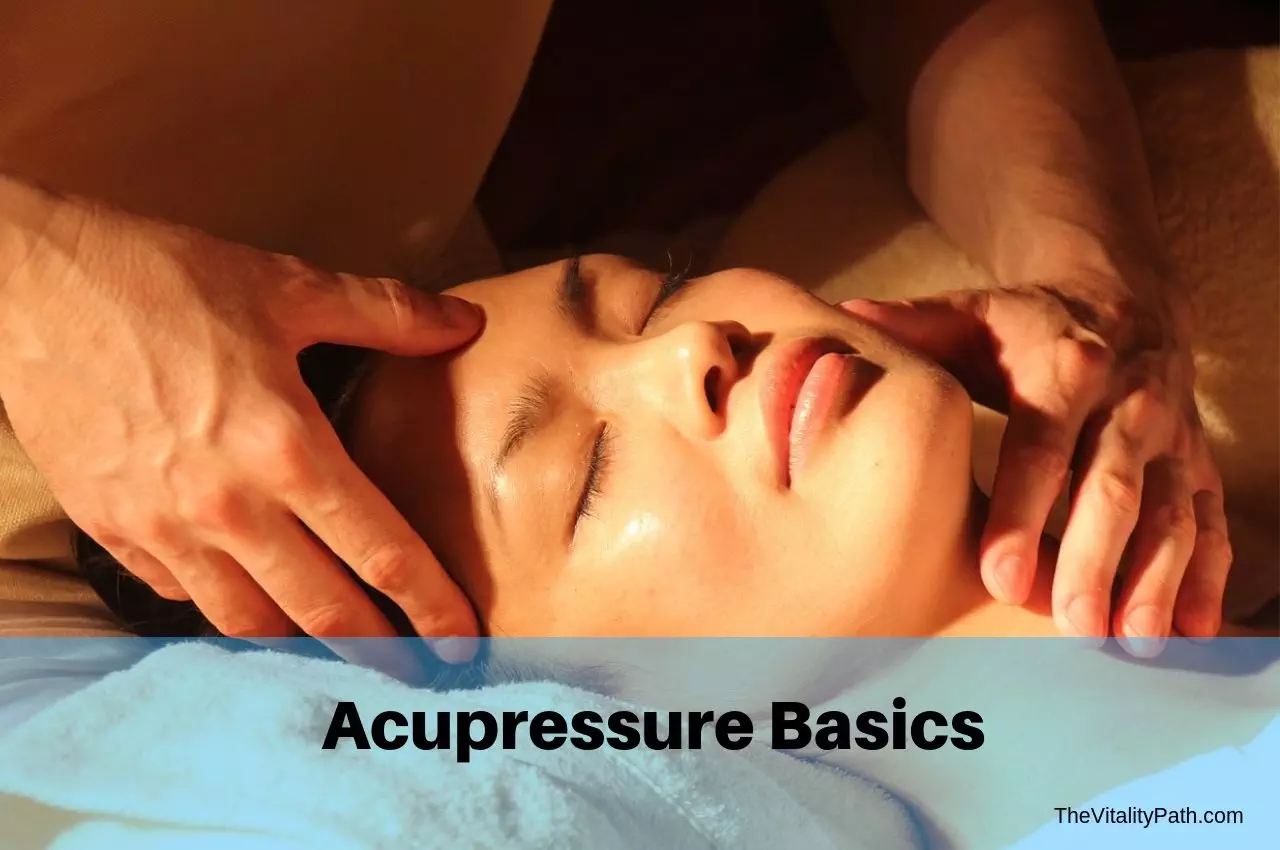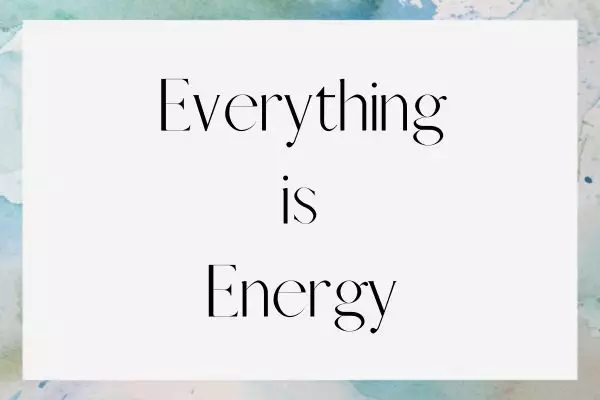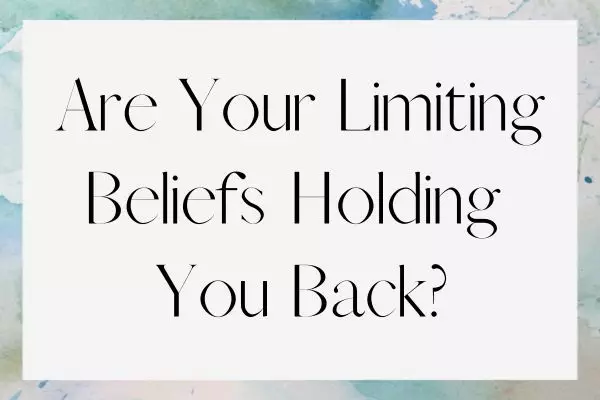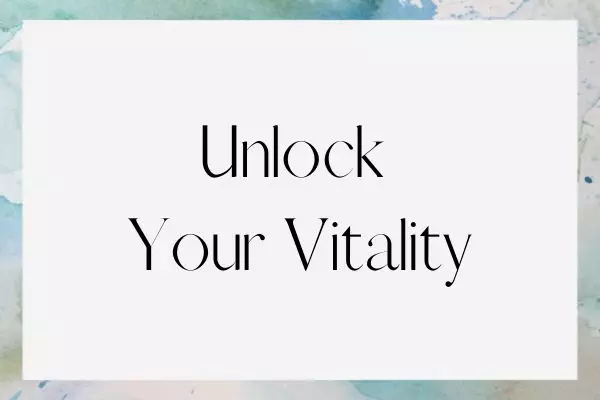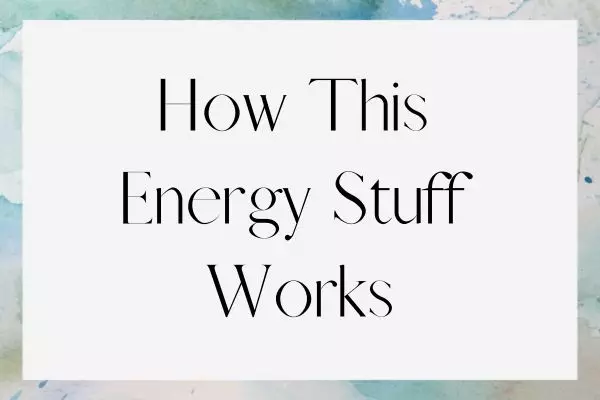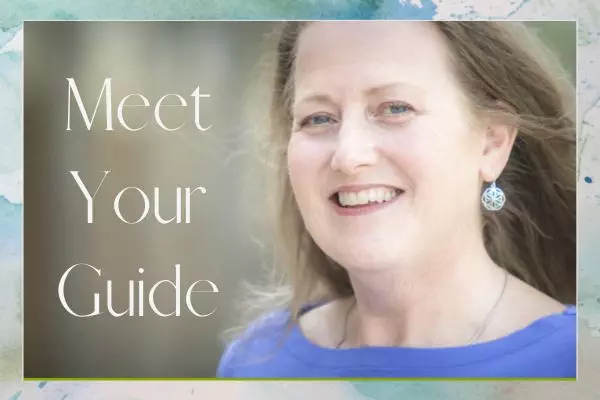Acupressure is an amazing alternative medicine technique that works to release stress, anxiety, negative energy, and built-up tension in your body.
It’s very simple to practice on yourself or someone else, once you know the basics. You just have to know where and how much to apply pressure to specific points on your body (known as “pressure points”). Of course you can also visit a qualified therapist who can perform acupressure for you.
There are two types of pressure points: local and trigger.
- Local points are the area where there is actual pain or discomfort.
- Trigger points are connected to the area where the pain exists.
For example, if you apply pressure to the crease found on the back of your knee, it can alleviate lower back pain and release tension from your lower vertebrae.
The theory behind this ancient Chinese treatment is that these chosen points stimulate the meridians, pathways through which our life-energy (known as ‘chi’) flows. There are many meridians running through the body. Most commonly, you will see reference to 14 of them.
When these pathways are stimulated through pressure, it brings relaxation and calmness. It also enhances circulation and flexibility by activating the body’s hormonal, lymphatic, and circulatory systems, as well as boosting the immune system.
Benefits of Acupressure
Acupressure can help treat and prevent many types of physical challenges. Through its relaxing technique, acupressure can bring relief from the following:
• Stress and anxiety
• Insomnia
• Achy joints and muscles
• Digestive problems
• Headaches
• Chronic pains and illnesses
DIY Acupressure Treatment
The basic way to apply pressure is by using your index finger, thumb, or side of your hand. Certain types of tools can also be used, such as the
Once you’ve chosen your application method, locate the pressure point, then press down for a good 1 – 3 minutes. When you press down, you, or the person you’re applying pressure to, should a feel a “good” type of pain where there’s a bit of tenderness, but also a feeling of relaxation.
Don’t Forget to BREATHE
A big part of acupressure is breathing. Both the person applying the pressure and the one receiving it should control their breathing using full and deep breaths. This helps unleash tension and pain, unclench muscle knots and stimulate healing energy allowing to flow throughout your body.
It also allows the person receiving acupressure to help regulate the amount of pressure being used with each inhale and exhale. On the other hand, the person applying pressure should also use controlled, deep breathing to enhance their focus on the task at hand.
Acupressure Safety
While it’s easy to try out acupressure on yourself or someone else, there are several precautions you should be aware of before starting.
• Use firm, steady pressure, not jerky or bouncy.
• Avoid pressure on the abdomen, thigh, or calf in pregnant women.
• Avoid areas where are recent scars or broken skin.
What you could do in the third case is apply pressure on the opposite side of the body. This will often result in what experts refer to as “reflex effect.” This is when applying pressure to one side affects the same area but on the other side because meridians are bi-lateral, and connected.
Acupressure has been practiced for thousands of years and has proven its ability to energize and stimulate your body, mind, and soul resulting in a calmer, stronger you.
As with most everything, start slow, take your time, and enjoy the process. 🙂


